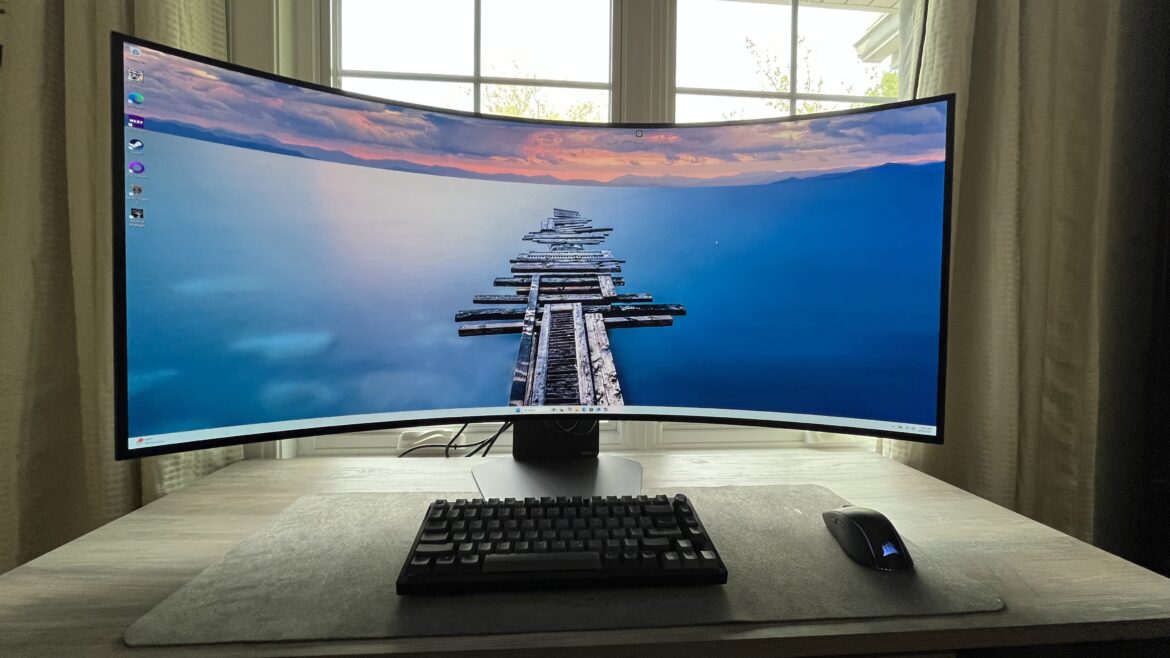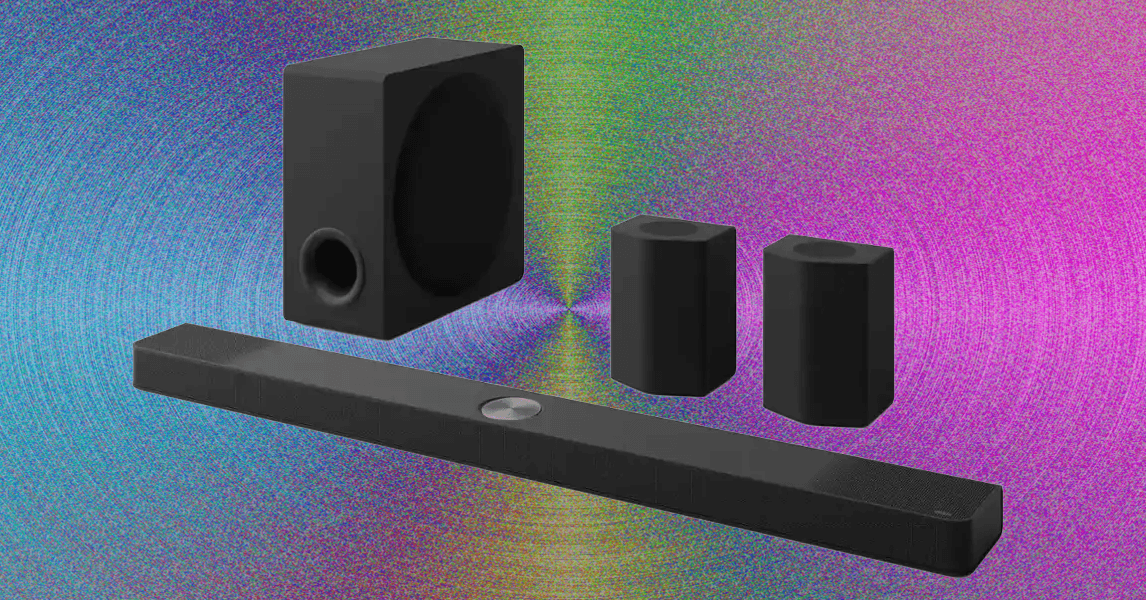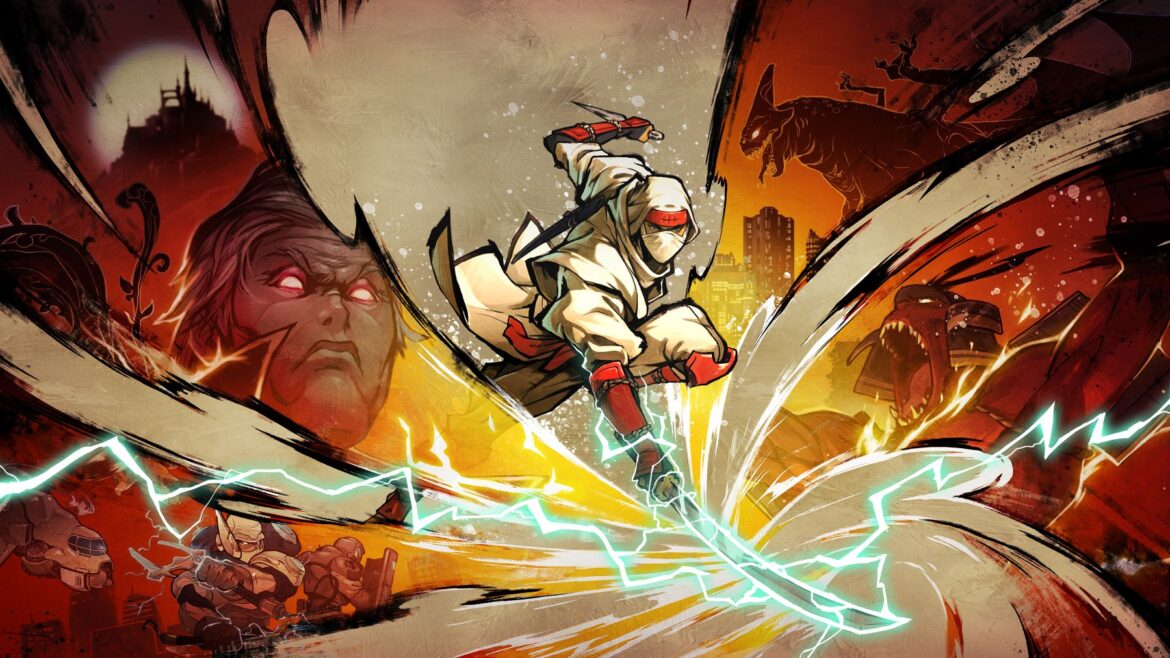A powerful, memorable story told not with dialogue but with interaction, movement, and art.
Video games are good at making us feel things for clumps of pixels, especially when those clumps are in constant mortal peril. Herdling joins a long tradition of extended escort quests that deftly fiddle the heartstrings: everything from Ico and The Last Guardian to the burgeoning library of Sad Dad simulators that define modern gaming.
Herdling review
Herdling has much more in common with its stablemates, the critically acclaimed FAR: Lone Sails and FAR: Changing Tides, than it does with anything else: a bleakly apocalyptic duology that was about caring for machines rather than a herd of weird goat things, but with strikingly similar results. The FAR duology made you care about your motor, grow adept at making it go, and feel a torrent of emotions whenever the thing got lost or damaged, as you were constantly thrown into situations which trapped, damaged, or broke your line of sight from your pride and joy.
Herdling pulls all the same tricks, applying them to a collection of Calicorns, a dozen or so ram-like beasts with beautiful horns and adaptive technicolour coats, vaguely defined magical powers and an admirable gift for following basic instructions (go here, go here slowly, OK STOP, etc). Your goal: shepherd them on an alpine journey from the edge of a dystopic city up to the very tip of the mountains, encountering many challenges along the way, ranging from light puzzles to winged terrors that react to sound. Yes, this is a linear game with stealth sections, or “forced stealth” in the parlance of people who dislike stealth.
Haven’t you herd? | Image credit: Panic
Those people will be pleased to hear that none of the challenges in Herdling are particularly, well, challenging. The aforementioned stealth sections are almost comically forgiving. You need to sneak your flock past a sleeping murder owl, who will startle awake if one of your lumbering charges knocks over any of the dozens of stone cairns dotted about the place. And it’s tense, in no small part due to the creepy creature designs involved: horrid masked birds of prey with the wingspan of a minibus, claws like angry spiders, and a vacant death stare that pierces the soul.
Except it’s a piece of piss to get your herd around the noisemakers as they magically narrow their group silhouette around tight bends. And, even if you knock over two of the stone piles, the birds don’t actually attack. The only time I triggered an assault it was a hard-coded chase sequence that’s impossible to avoid.This is fine – the FAR games weren’t particularly challenging either. What matters is the journey, the emotional resonance, the sense of progress – and loss – that comes with an arduous undertaking. What the FAR games did have, though, were machine puzzles that at least made you feel like a gifted engineer. Even getting the vehicles to move in those games felt akin to operating a steam engine. Grand obstacles in the world required the sussing out of Big Machines and their foibles. Nobody got stuck playing those games, but it was an incredibly sustained illusion.Not so with Herdling.
And let’s be clear, despite the big, obvious differences, this game is so conceptually and visually similar to the FAR series that you can absolutely think of them as a loose, thematic trilogy. And so when encountering the first Machinery Puzzle, I expected some sort of extended sequence of lever pulley with a devious twist. There was a lever, I pulled it, and the job was 75% done.Herdling’s analog of FAR’s plate-spinning vehicle controls is in the unwieldiness you’d expect from fantasy goat herding. Your flock go More or Less where you want them to. They stop More or Less when you ask them to. It’s almost akin to something like Surgeon Simulator, where the challenge sits entirely in the floppy, wooly membrane between the player’s intent and the on-screen consequences. But it’s not remotely that tricky. In fact, after half an hour, it’ll be as second nature as anything else you do in games.
Image credit: Okomotive
This is a road trip without any road blocks. Sure, there are bits that require you to go slowly, or trigger a requisite number of magical plants to unlock the path ahead, but it’s all very rote. Each chapter ends with the shepherd and his flock settling down for the night at a campfire, but in more than one instance I felt as though we’d barely done anything to warrant a kip. And it wasn’t even night time.
It’s a bizarre, uncanny sort of experience. And yet, the core conceit works: your herd is special, and dear. You want to protect them from the perils of the world. All of your animals have a sweet individuality to them: some of them love playing fetch, some of them are constantly getting their fur manky with mud and twigs no matter how often you clean them. Others have a stoic beauty about them that implies a quiet, contemplative intelligence working behind the googly eyes.And when you lose one, it is devastating. This is most easy to do during the many traversal sequences where the treacherous ground, rather than the nasty birds, is your enemy. The one time I lost a Calicorn was here, on a spindly bridge across an impossible gorge, as I failed to get to dear Butthead in time and he slid yowling into the depths.
Yes, you can anme them. From then on, Butthead would reappear at certain points in the story as a spectral ghost, snuffling around for ethereal food or running gleefully with his still living siblings as we frolicked across the plains (wonderfully, there is a lot of plain frolicking to be had). In a way I’m glad that my Herdling story was so bittersweet: had I managed to finish the game with all my herd assembled and well, I wouldn’t have experienced the guilt of losing Butthead, and I wouldn’t have yearned for him to move on with his afterlife every time he returned to us: unallowing us to mourn him, hanging around like a stuck sneeze. It’s a wonderful commentary on grief, on how losing a loved one somehow short-circuits your innate sense of causality and object permanence. How a death in the family is not an event, but a state change. Not a moment, but an eternity.
A wing and a prayer. | Image credit: Okomotive
At a slim three hours, give or take, and with very little replay value, Herdling is an almost perfect package of bottled feelings. Personally I would urge you to treat it as a one-and-done, as it’s far more poignant if you have to live with a mistake or two. Those who need some sort of skill challenge to stay engaged may find Herdling a disappointing experience that never quite spools up, but if you just love being absorbed in a world, and throwing yourself into the kind of narrative that only video games can provide – powerful, memorable stories told not with dialogue but with interaction, movement, and art, wordless conversations between game and player that reach far deeper places than you expect – Herdling is a must play.
It’s not as good as FAR: Lone Sails, but what is?
A copy of Herdling was provided for review by Panic.










